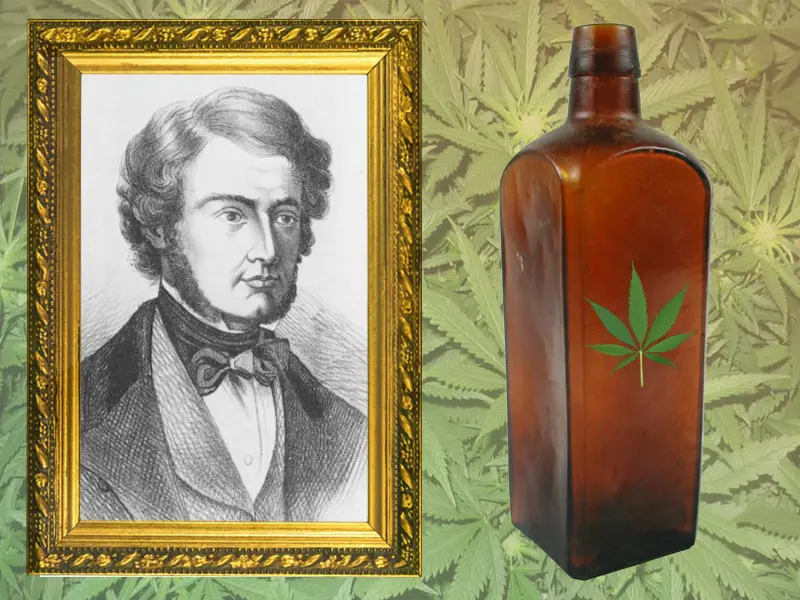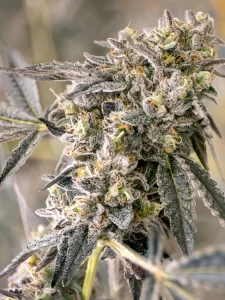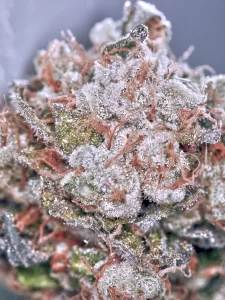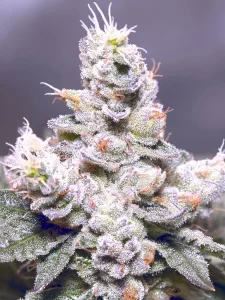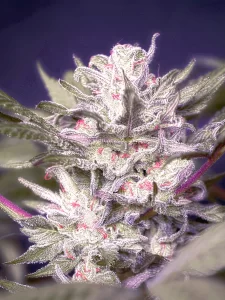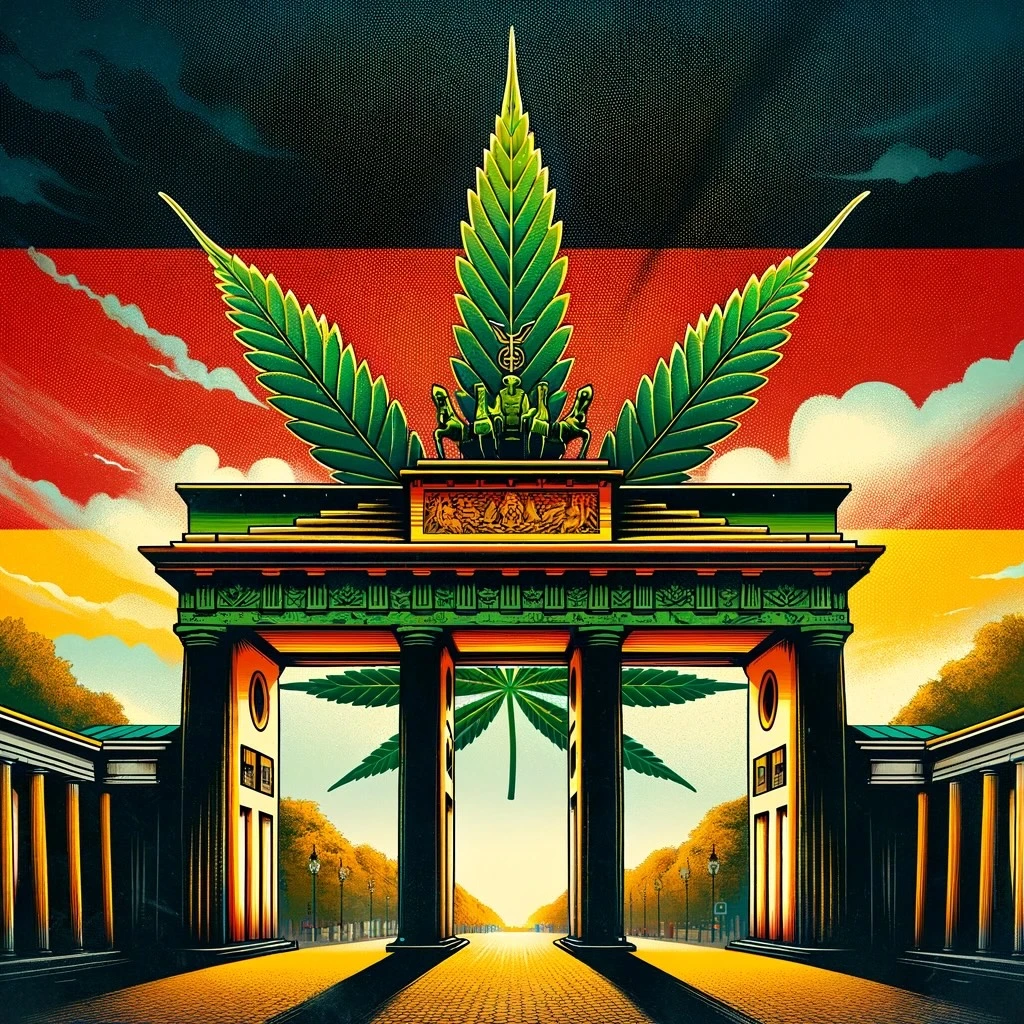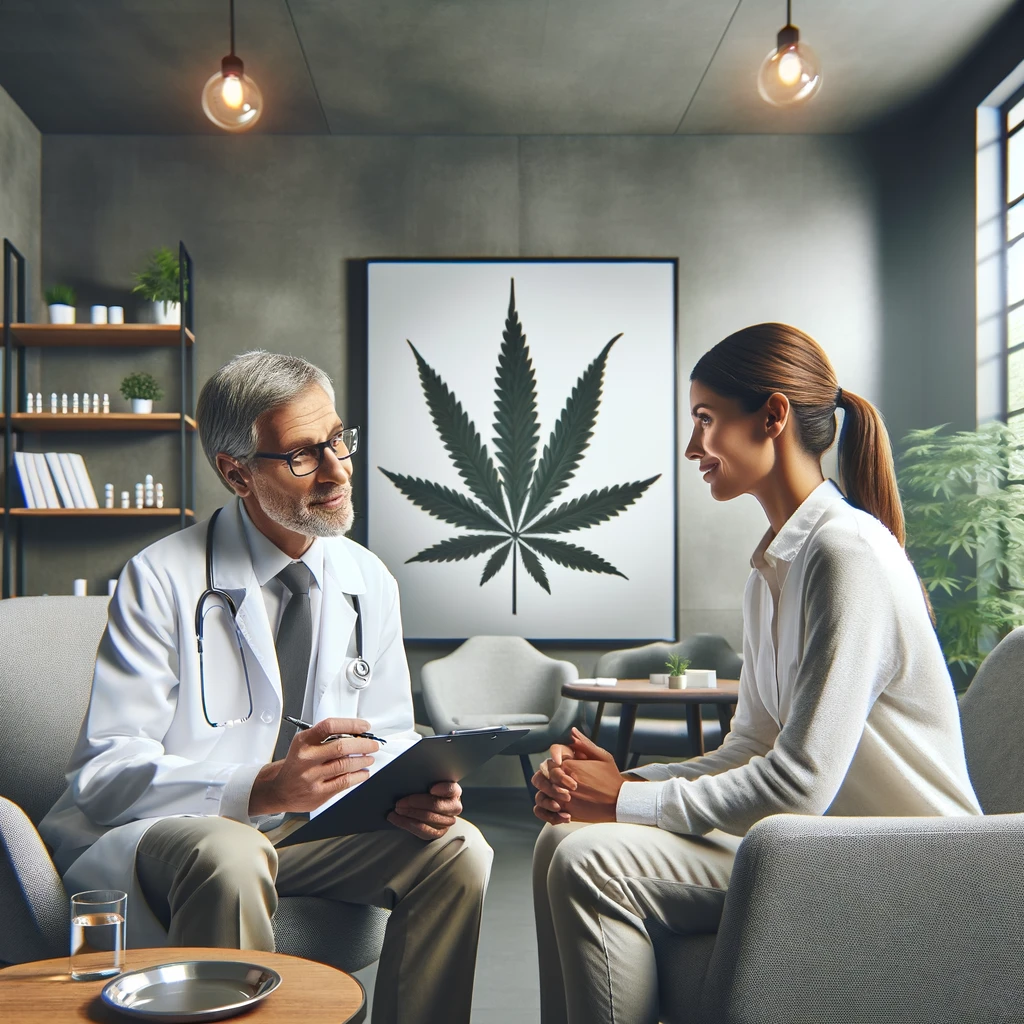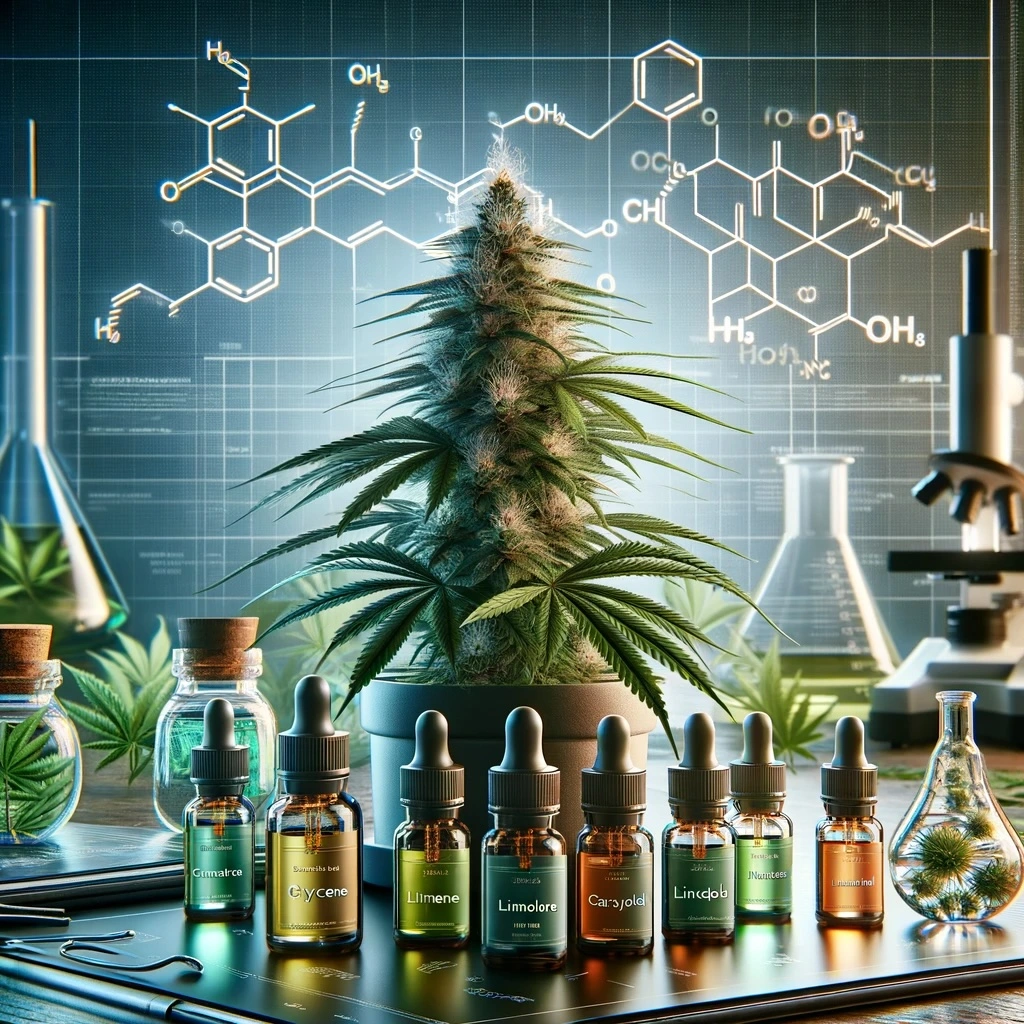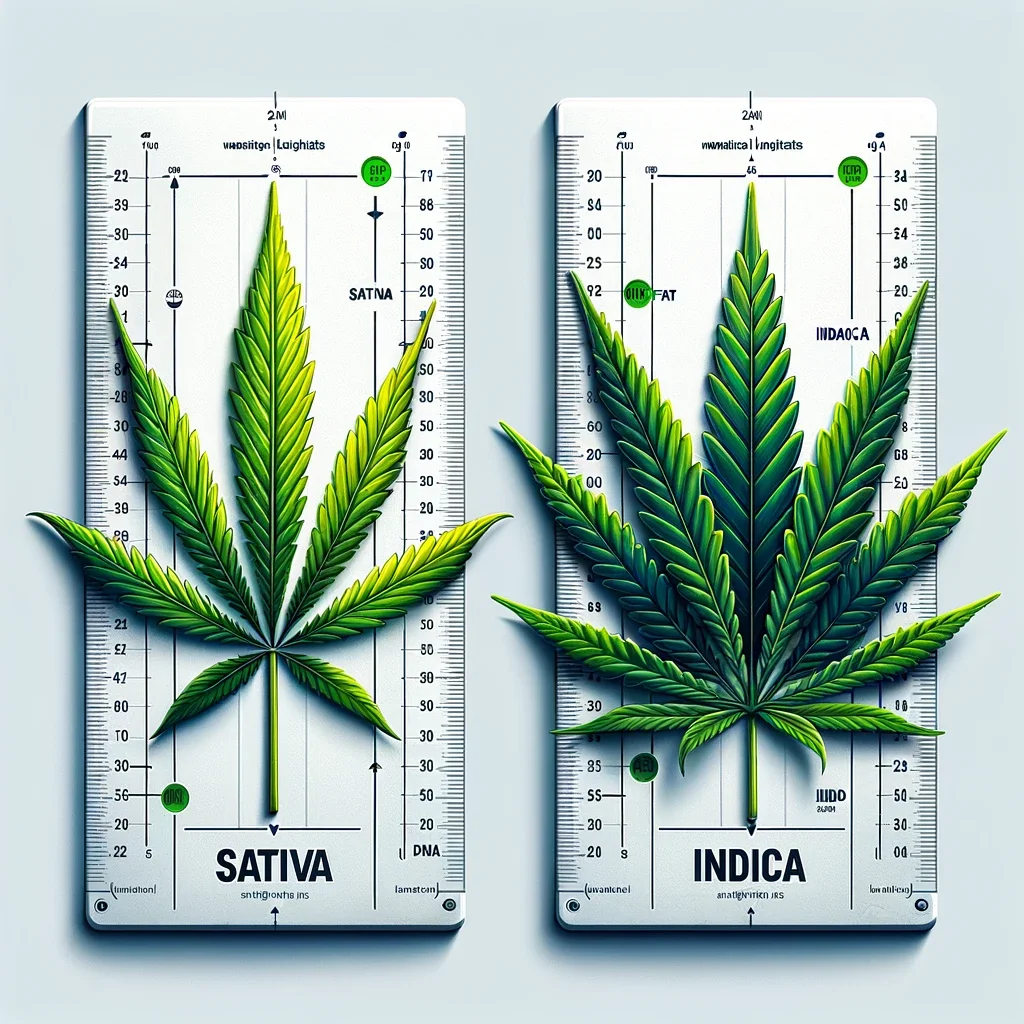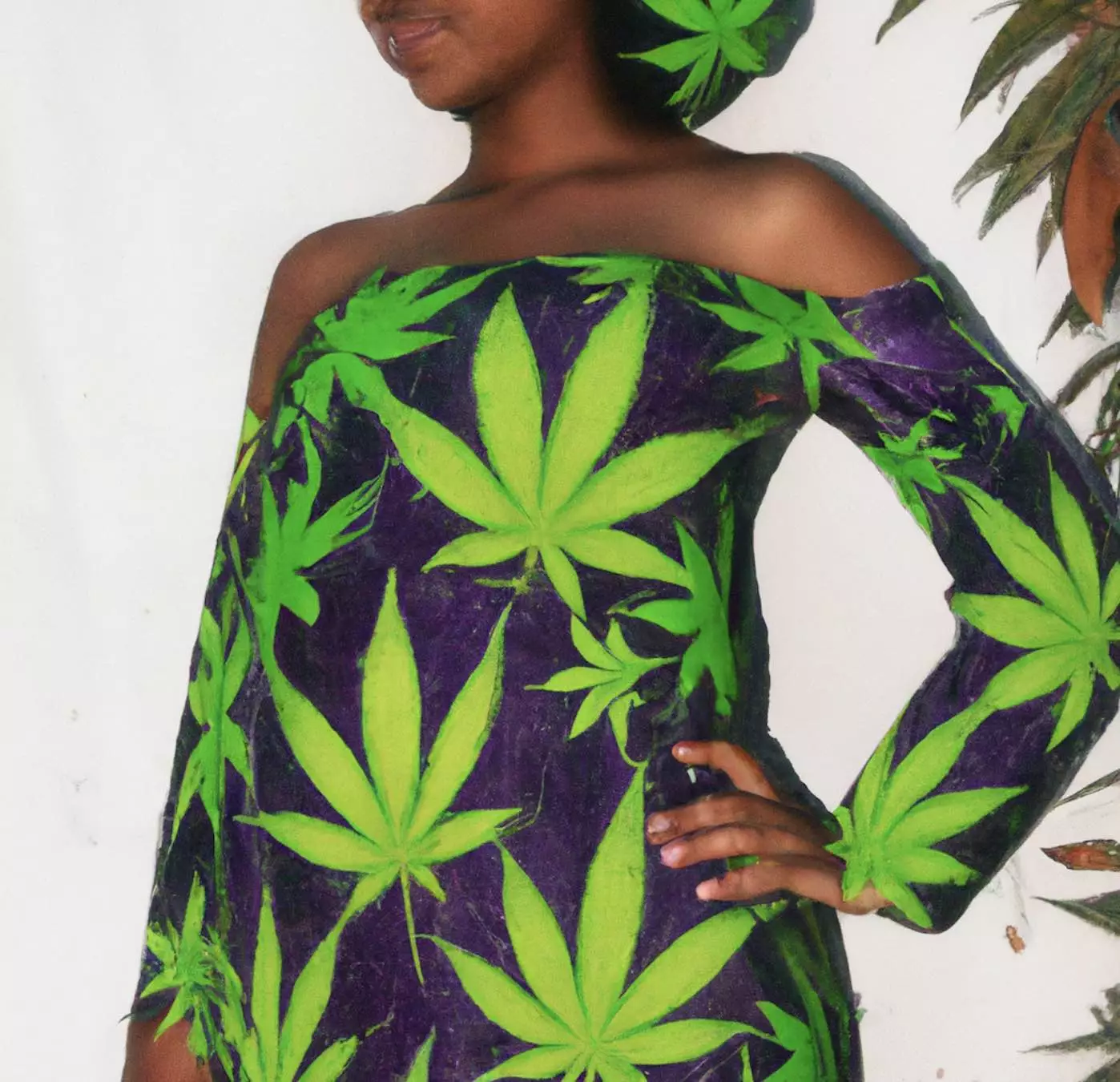This story could start like a fairy tale “A long, long time ago…”
Well, not so long ago. And of course not in a faraway place, or a realm of fantasy.
The history of medicinal cannabis is a fascinating subject, and is a matter of study by hundreds of experts worldwide.
Many people do not know this, but cannabis had a great success in pharmacies during the nineteenth century in the United States.
Who has not seen those curious old bottles where, clearly, we can read the words “Cannabis” or even “tincture of marijuana” in large letters?
The origin of this success, which lasted until the early twentieth century, must be sought in a physician of old Europe: the Irish physician Sir William Brooke O’Shaughnessy.
This gentleman was an assistant surgeon during the British Empire Era in the Indian city of Calcutta, and began to experience the therapeutic uses of cannabis in the 1830’s.
This doctor realized that in India the cannabis plant had been in use for centuries among the natives, and decided to try it, in order to help patients with a variety of symptoms like insomnia, chronic pain, pneumonia …
O’Shaughnessy especially thought that cannabis sativa could be used as powerful (and cheap) anti-convulsant for many clinical conditions.
He began writing about the benefits of cannabis sativa and hemp extractions, and news about the uses of the plant arrived in England, Sir William might enjoy making a notable popularity.
In 1860 the Medical Society of Ohio started to release publications and lectures devoted to the study of the work of O’Shaughnessy, concluding that the use of cannabis sativa as medicine should be more popular than it already was.
Although hemp products were already used as a medicine, it was from that date when a competition between the various laboratories and pharmaceutical companies in the United States began.
The Lloyd brothers designed a tincture of Cannabis sativa to treat depression. Other popular remedies, such as Wm. S. Merrell clearly on the label were saying that it was “Cannabis Indio” and recommended for menstrual cramps, urinary tract irritation, insomnia and alcoholism.
The ironic part of this last concept, is that many of these products contained a quantity of alcohol of more than 70%, where cannabis was diluted.
That was, for instance, the case of “Fluid Extract of Cannabis Number 96” manufactured by Lilly Laboratories which contained a 80% of alcohol.
The popularity of these products began to fall drastically from 1906. In that year the United States Congress applied a number of state regulations by which opiates and other drugs should be labeled in a special way, and their sale restricted to the public.
Already in the 1920s, cannabis would become virtually illegal in any way, being then in the 1940s and 1950s a subject of a ruthless persecution by the authorities because the economic interests of some huge companies, ignorance, and low-class sensationalism.
But that is another story…

